1. The founder of Bitcoin is someone known as “Satoshi Nakamoto.” No one knows who he is, what his real name is, or where he lives. As of 2017, he owns up to one million bitcoins which have an estimated value of $2.7 billion.
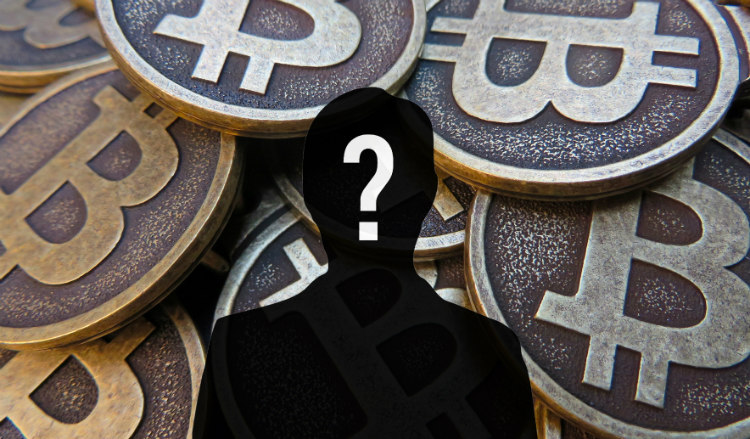
The only personal information available about Satoshi Nakamoto (his pseudonym) is based on claims and speculation. He is claimed to be a Japanese man born in April 1975. However, all the speculation regarding his identity was mainly focused on non-Japanese cryptographers and computer science experts residing in the United States. It was because of his use of perfect English, occasionally with British spelling, and as no Japanese labels or documents were found in his software. It is believed that he began coding Bitcoin software in 2007 and collaborated with other developers until 2010. After that, he handed over the reins to Gavin Andresen, his collaborator, and made him the lead developer of Bitcoin Core.(source)
2. The first real-world transaction using Bitcoin was done to purchase two large, Papa John’s pizzas for 10,000 bitcoins. As of August 2017, that amount is now worth $27 million.

After the founding of Bitcoin, the early users were quite generous with sharing bitcoins. Nakamoto’s collaborator, Gavin Andresen, had even bought 10,000 bitcoins for $50 and gave them away on Bitcoin Faucet, a website he created. Another software programmer from Florida, Laszlo Hanyecz, made what is considered the first ever transaction in Bitcoin history. He bought two pizzas for 10,000 bitcoins by sending them to a volunteer in England who then made a credit card order transatlantically. Though it was only a few dollars at that time, those bitcoins are now worth over $27 million. Soon after that, a farmer named David Forster from Massachusetts started accepting bitcoins as payment for his alpaca socks.(1, 2, 3)
3. Unlike what most people think, bitcoins are not unlimited. The number of bitcoins in circulation will never exceed 21 million.
Our regular monetary system is a centralized economy which means that a central bank controls or issues currency based on the amount of goods that can be traded. Bitcoin, on the other hand, is a decentralized monetary system. There is no central authority to regulate the issue of currency. The currency is, instead, created by the users or nodes of a peer-to-peer network. This often gives the impression that currency could be generated infinitely. But, Bitcoin uses a bitcoin generation algorithm which defines in advance how and at what rate currency is created.
Bitcoins are created when a user discovers a new block. A block is a file that contains permanently recorded, read-only, transaction data. The rate of block creation is adjusted every two weeks to ensure that an average of only six blocks are created per hour. That is a total of 2016 blocks in two weeks. Approximately every four years. or for every 210,000 blocks, the number of bitcoins per block is decreased geometrically by 50 percent.
As a result, the number of bitcoins in existence will not exceed 21 million (more precisely 20,999,999.9769 bitcoins) and it is believed that the last bitcoin to be mined will be on May 7, 2140. This, however, is based on current technological limitations and it is difficult to accurately predict how Bitcoin mining evolves with new changes in technology in the future.(source)
4. The global Bitcoin computing power is 256 times faster than that of top 500 supercomputers combined!
Being a decentralized system, Bitcoin relies on a mutually beneficial relationship with miners. Miners are individuals or organizations that use the processing power of various types of processing hardware, including ad hoc ones. Mining is the process of adding transaction data to the public ledger of past transactions with the purpose of providing a secure and tamper-resistant transaction. In return, the miners receive transactional fees and a subsidy of newly created coins. So, on the whole, it creates a vast and global network of miners ensuring that the system remains decentralized and motivating people to keep the system secure.
As the competition for earning bitcoins increases so does the rate at which bitcoins are generated. And as the rate of bitcoin generation increases so does the difficulty in finding new blocks in order to compensate and regulate the rate of block creation. That means it requires immense processing power to discover new blocks. As a consequence, Bitcoin farms have cropped up around the world employing huge arrays of circuits for the purpose of mining.
By November 2013, the total Bitcoin FLOPS was 64 exaFLOPS (that’s 64 x 1018 FLOPS or floating point operations per second, a measure of computing performance while calculating real numbers). To put that into perspective, the top 500 supercomputers combined have only 0.250 exaFLOPS (25 x 1015 FLOPS). That makes the entire network of Bitcoin 256 times faster than the top 500 supercomputers combined.(1, 2)
5. Bitcoin has been sent into outer space.
Genesis Mining, the largest cloud mining company that sells Bitcoin mining contracts, has recently made the first ever peer-to-peer transaction in space. They’ve sent a paper wallet attached to the back of a 3D model bitcoin into space using a weather balloon. It crossed the Armstrong limit of 20 kilometers and reached a distance of 34 kilometers.(source)
6. Bitcoin uses a public ledger called “block chain” for transactions. The invention of block chain made Bitcoin the first digital currency to solve the problem of double spending, an error in digital cash which allows the same token to be spent twice or more.
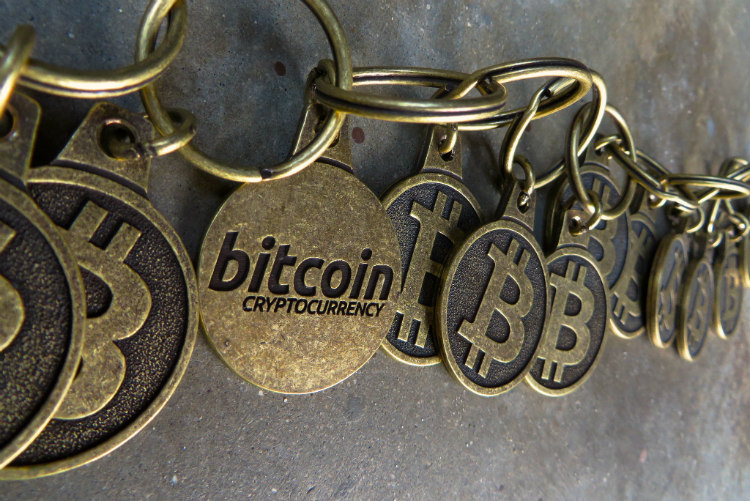
A blockchain (or block chain) is a distributed database of the public ledger that records all bitcoin transactions. Being a distributed database, it doesn’t need a central authority and is maintained by a network of communicating nodes running Bitcoin software. These nodes validate the transactions they receive and add them to their ledger. Also, around once every ten minutes, a newly created group of accepted transactions, or a block, gets added to the blockchain. It is then broadcast to other nodes so that each network stores its own copy of the blockchain. This ensures that the Bitcoin software knows when an amount is spent, preventing double spending.(source)
7. If you had invested $100 in Bitcoin in 2010, you’d be worth $72 million now.
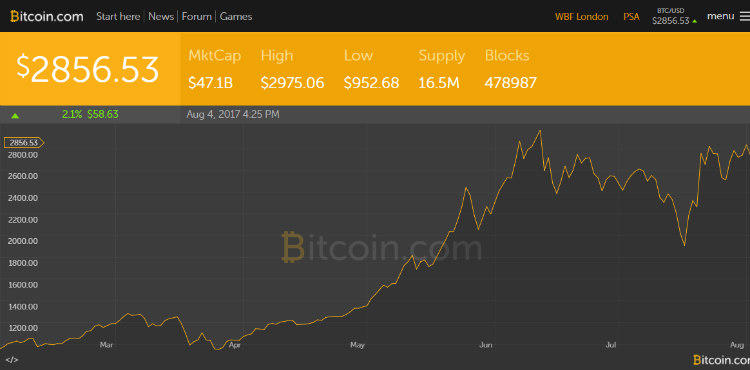
Since it was founded in 2009, the value of bitcoins has increased exponentially. Today a single bitcoin is worth around $2,782. Had you bought $100 of bitcoins in 2010 at the 0.003 percent price, you would have $72.9 million as of May 2017. In an interesting incident, while writing a thesis on encryption a Norwegian student, Kristoffer Koch, invested 150 kroner ($26.60) in 5,000 bitcoins in 2009. He soon forgot about his investment until Bitcoin became a widely covered topic on the media in April 2013. When he checked his wallet, he found his 5,000 bitcoins and, at the time of his rediscovery, they were worth 5 million kronor ($886,000).(1, 2)
8. The largest transaction ever made on the network was for 194,993 bitcoins. That was more than $147 million according to the effective rate in November 2013. The transaction was tagged “Sh*t Load of Money!”
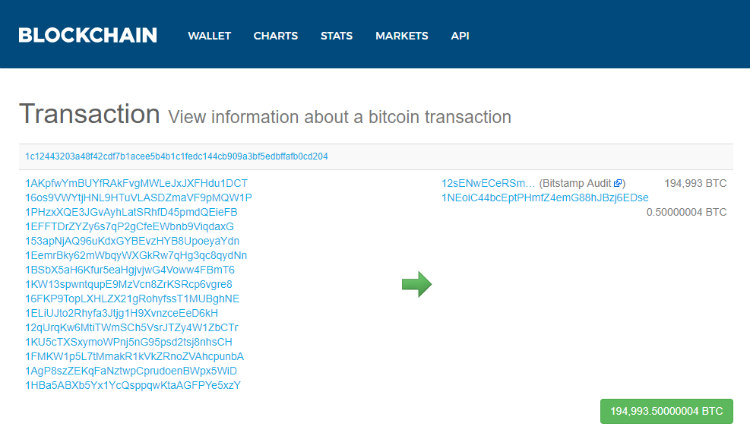
The Bitcoin system is maintained so that the transactions are public record but the users are only identified through addresses made of a string of 30 or more characters. So, unless the address is already known or the user wishes to be identified, they could remain anonymous. The users could also tag their transactions. On November 22, 2013, a transaction was recorded on the block chain involving the largest number of bitcoins, that is 1.6 percent of all bitcoins in circulation. A tag saying “Sh*t Load of Money!” was attached to the receiving address.
Though some were merely impressed by the fact that such huge transaction could occur without the hassles of cross-border logistics, some speculated as to who the user could be. Two of those speculations surround Satoshi Nakamoto, Bitcoin’s founder, and Richard Branson, an English business magnate who announced his company Virgin Galactic would accept bitcoin payment.(source)
9. Every bitcoin transaction, no matter how small, uses at least enough electricity to power three average homes for an entire day.
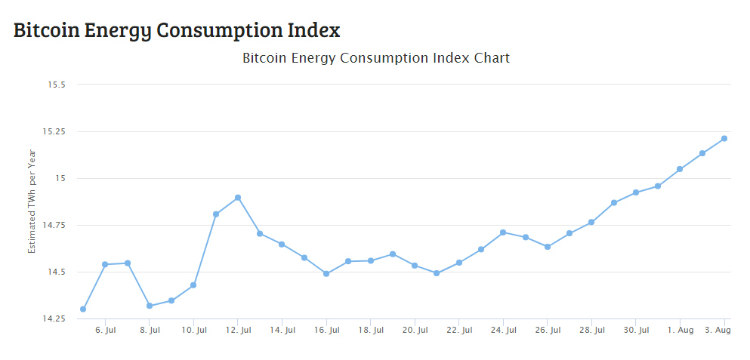
As Bitcoin mining becomes increasingly complex with increasing competition, more and more processing power is needed to discover even a single block. The potential energy consumption for each transaction is as high as 94-kilowatt hours. That’s enough energy to power 3.17 households per day and almost three times higher than the 2015 energy consumption which was equivalent to the energy required by 1.57 households per day. For another comparison, today’s Bitcoin transactions’ energy requirement is also enough to fully charge a Tesla Model S P100D, the world’s quickest production car, and drive for 300 miles.(source)
10. The FBI has the world’s largest Bitcoin wallets consisting seized bitcoins, apart from Satoshi Nakamoto.

After shutting down the “Silk Road,” the online drug market, in September 2013, the FBI seized all the bitcoins belonging to its operator, Dread Pirate Roberts. The seizure made the FBI the owner of one of the world’s biggest wallets containing over 144,000 and 30,000 bitcoins. It is believed that they have also seized 96,000 bitcoins from another, similar operation called “Sheep Marketplace.” The FBI is probably the world’s second largest bitcoin holder as the first place belongs to Satoshi Nakamoto, who is said to have mined around one million bitcoins in the beginning.(source)










No comments:
Post a Comment